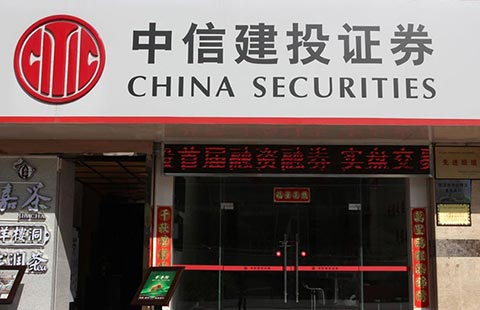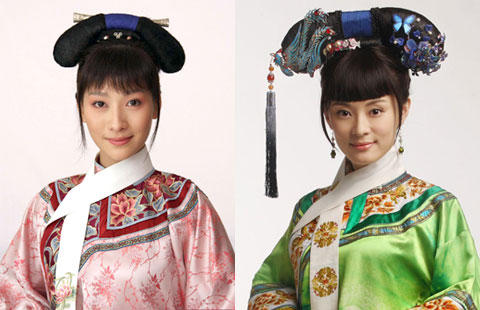
This integration is being facilitated by the three regional trading blocs: the Southern African Development Community, the Common Market for Eastern and Southern Africa, and the East African Community. These new trading blocs have played a defining role in jump-starting trade within the continent, and the next logical step would be to combine these regional economic communities to form an "Africa Free Trade Zone", spanning the entire length of the continent from Cape Town to Cairo.
Such a pan-African trading bloc would encompass more than 630 million mostly young people, a GDP of $1.2 trillion, some of the world's most bountiful natural resources, and the world's largest uncultivated arable land. Given Africa's growing middle class and increased political and financial stability, the proposed AFTZ could rival the world's other economic unions, giving African states the necessary power to negotiate free trade agreements with other trading blocs.
Another mega-trend emerging along the China-Africa corridor is the growing circulation of the yuan across Africa. Soaring trade, rising direct investment by Chinese companies, and financial aid and subsidized loans from the Chinese government and its agencies provide a solid base for the regionalization of the yuan in Africa.
Africa-China trade settlement denominated in the yuan totaled about $5.7 billion in 2012, or about 3 percent of annual trade. Looking at it from another angle, Africa constituted 5 percent of China's global trade that year, but its trade settlement in the yuan was just 0.2 percent of total in the Chinese currency, even after including Hong Kong. Thus, there is significant scope for growth. Since a major part of China-Africa trade consists of commodities, the big shift will come when commodities start being priced in the yuan instead of US dollars.
As the yuan gains acceptance as a trade-settlement currency, African central banks are likely to diversify their foreign exchange reserves to include the Chinese currency. The yuan is already part of central bank reserves in Angola, Nigeria, Tanzania, Ghana, Kenya and South Africa. As Beijing allows greater yuan convertibility (Standard Chartered expects full convertibility on the capital account by the end of this decade), it will become increasingly attractive as a reserve currency.
Trade is only the start of the current phase of the China-Africa story. As the partnership evolves, Africa is set to emerge as a key manufacturing base for China's top companies. Dim Sum bond issuance can be expected from African governments and some of the continent's biggest companies as they look to finance their investment plans. And before long, the yuan is also likely to become a core component of African central banks' reserves.
The author is chief executive officer of Standard Chartered China.








